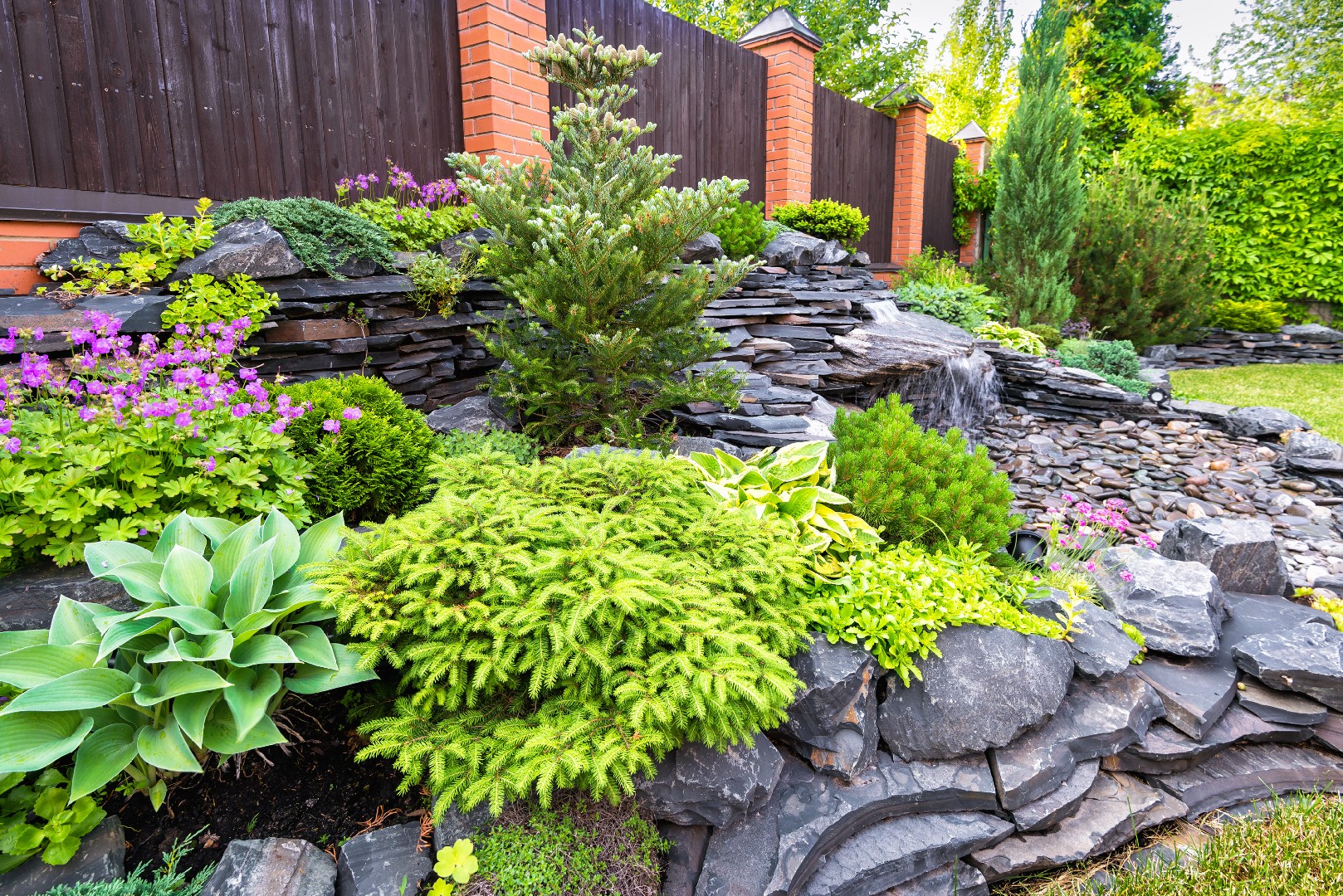![Rectangle]()
Key Perennials for Each Season: Selecting the Right Plants
When it comes to creating a year-round perennial showcase, selecting the right plants for each season is crucial. By carefully considering their growth patterns, maintenance needs, and visual appeal, you can ensure a vibrant and ever-changing garden that will captivate your senses throughout the year.
In spring, the garden comes alive with the burst of colors and fresh blooms. Some key perennials that thrive during this season include daffodils, tulips, and peonies. These plants not only add a pop of color to your garden but also require minimal maintenance. It is important to choose perennials that match your garden's conditions, such as soil type and sunlight exposure. Daffodils, for example, prefer well-drained soil and partial shade, while peonies thrive in fertile soil and full sun. By selecting the right perennials for your garden's specific needs, you can ensure their successful growth and long-lasting beauty.
As summer approaches, it brings with it vibrant foliage, extravagant blooms, and the warmth of the sun. Perennial options for this season include daylilies, coneflowers, and black-eyed Susans. These plants are known for their resilience and ability to withstand the summer heat. They also attract butterflies and hummingbirds, adding movement and life to your garden. When selecting perennials for summer, it is essential to consider the local climate and water requirements. Some varieties, like coneflowers, are drought-tolerant and thrive in hot, dry conditions, while others, like daylilies, prefer consistently moist soil. By understanding the specific needs of each perennial, you can create a summer garden that flourishes and brings joy to all who see it.
When the cool breeze of fall arrives, it is time to embrace the beauty of autumnal hues in your garden. Perennials such as asters, sedums, and chrysanthemums are perfect for this season. Their bold colors and unique textures create a stunning display that complements the changing foliage. Consider planting asters in well-drained soil with full sun exposure, and choose sedums for their ability to thrive in various soil types. Chrysanthemums, on the other hand, require regular watering and benefit from sheltered spots to protect their delicate flowers from strong winds. By carefully selecting and positioning these perennials, you can create a breathtaking fall garden that embraces the spirit of the season.
As winter approaches, it might seem challenging to find perennials that can withstand the cold. However, there are still options to add interest and beauty to your garden during this dormant period. Evergreen perennials such as hellebores and ornamental grasses are excellent choices. Hellebores provide early blooms in late winter or early spring, while ornamental grasses create texture and movement, adding visual interest to an otherwise barren landscape. It is important to choose perennials that are hardy in your local climate and provide them with proper winter protection, such as mulching, to ensure their survival. By incorporating these perennials into your winter garden, you can create a serene and enchanting landscape even during the coldest months.
To make the process of selecting perennials easier, here is a quick-reference chart of recommended plants for each season:
- Spring: Daffodils, Tulips, Peonies
- Summer: Daylilies, Coneflowers, Black-eyed Susans
- Fall: Asters, Sedums, Chrysanthemums
- Winter: Hellebores, Ornamental Grasses
By considering the growth patterns, maintenance needs, and visual appeal of perennials, as well as matching them to your garden's conditions, you can create a year-round perennial showcase that brings joy and beauty to your outdoor space. Remember to also take into account the practical tips mentioned throughout this article, such as the specific needs of each plant and the importance of proper winter protection. With these insights, you will be well-equipped to create a stunning and thriving garden that evolves with the seasons.





